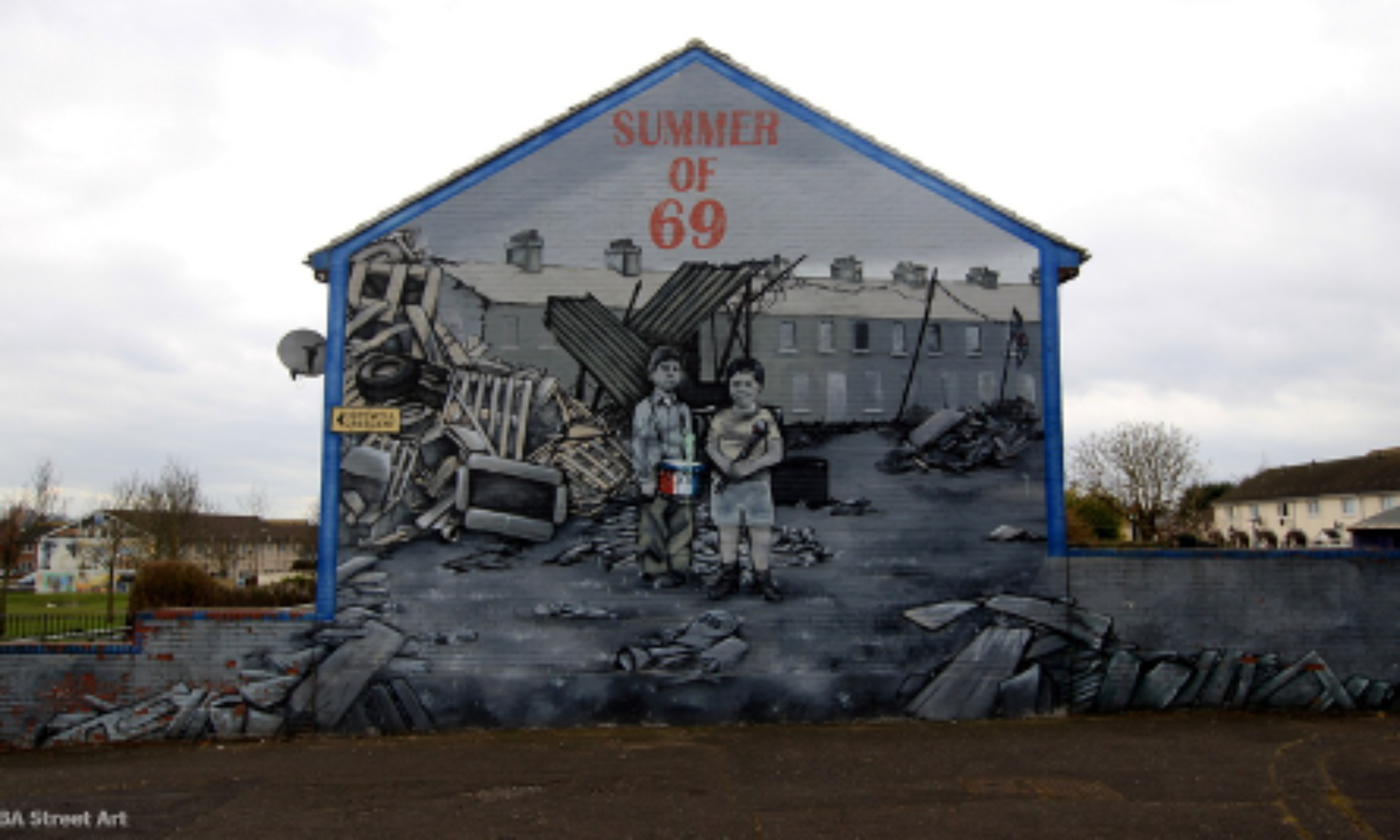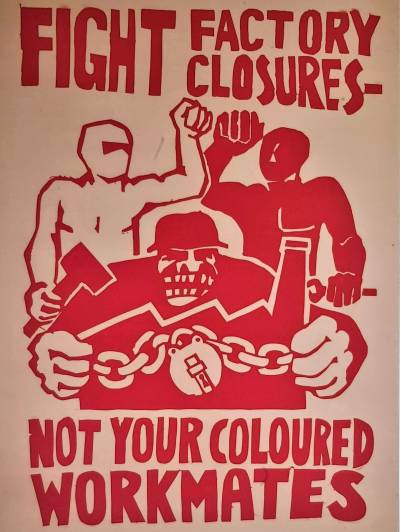As class discussions and required readings continue in this class, I am continually drawn back to the significance of media portrayal in 1968. Much of the protest, violence, and conflict at the time was framed in such a way that had a substantial impact on the American population’s view towards these issues. For example, in reading the book Voices of the Chicago Eight, it became clear early on that the defendants wanted to use their platform of a trial that garnered huge media attention as a stage to voice their opinions on the issues of the time. This is one example but throughout 68, the coverage of media was pivotal in the attempt to create meaningful change. A speech or a protest didn’t mean much if that message did not have the ability to reach a wide amount of people. This made events that would have that ability to reach people so much more important because those involved knew that this was their opportunity to send a message out on a huge scale.
Nowadays, the issue of getting your message out to a big population is no longer the problem. Anybody can send a tweet or post something online that massive amounts of people will be able to see immediately. I believe the new challenge that our generation faces is sifting through that avalanche of information and interpret how all of that functions together. We all know that you can’t believe everything that you hear or see on the Internet, which makes it difficult when you’re trying to acquire knowledge of a topic. It can also make it difficult when you were trying to convey a message over the Internet because your story can be warped and spit back in so many different ways that the original message becomes obsolete. The trick nowadays is more about finding and distributing quality information, as opposed to 68, where simply trying to get your message out was the challenge.
Though the challenges of both generations differ, the general idea stays the same – media portrayal to the population holds extreme value. It does not matter if you are doing the righteous act in the whole world, if you’re not getting media attention or if it’s not the right kind of attention then the message you were trying to send is not going to come across clearly. It’s interesting to observe how details may change over time, but fundamental ideas such as this continue to hold their value from decade to decade.

